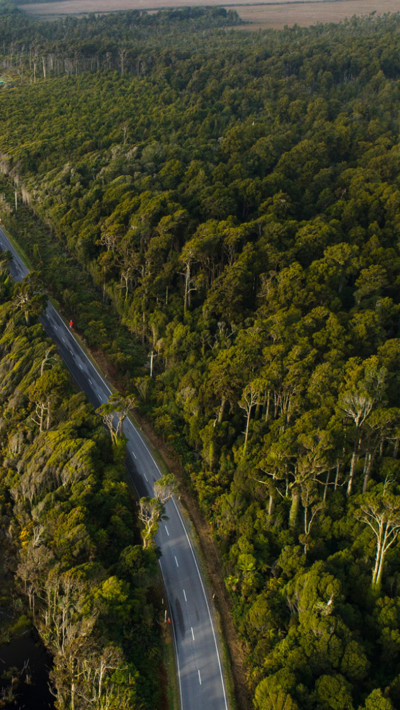Speak to our experts
Contents
The “historic consensus” on climate change which the Government is claiming with the farming sector boils down to an agreement that, come 2025, farmers will pay a farm level price for emissions.
But there is a lot of work to be done to make the farm scheme feasible, and there are competing proposals on what to do in the interim. The Government is consulting on these now, with submissions due by 13 August 2019.
The competing proposals
The Interim Climate Change Committee (ICCC) has recommended that, pending the introduction in 2025 of its proposed farm level levy/rebate scheme, farmers should be incorporated into the ETS where they would:
- pay for their emissions (livestock and fertiliser) at the processor level at a 95% discount rate, consistent with the Labour-New Zealand First coalition arrangement (the ICCC estimates that this would cost 1 cent on a kilo of milk solids and beef, 3 cents on a kilo of lamb and 4 cents on a kilo of venison assuming an ETS unit price of no more than $25 a tonne), with
- all the monies paid (estimated at approximately $47m a year) recycled back to the sector to incentivise emissions reduction and to support implementation of the action plan.
The competing proposal, signed up to by nine industry organisations and laid out in Our future in our hands, the primary sector climate change commitment, would:
- be funded from industry sources (with more than $25m a year already identified)
- maintain agriculture’s exemption from the ETS, and
- implement a programme of action which would ensure that all farms have a Farm Environment Plan in place by 2025 under which they can meet their emissions pricing obligations.
The industry’s preference is that the emissions price would be “set only on emissions in excess of emission targets, and to the extent necessary to incentivise the uptake of economically viable opportunities that translate to lower global emissions”.
The Government, which prefers the ICCC’s approach, notes that these caveats are not available to any other industries.
The ICCC model
This would price fertiliser emissions at the processor level and livestock emissions at the farm level from 2025.
Because farmers can reduce their fertiliser emissions only by using less fertiliser, the ICCC considers that the incentive will be the same whatever the price point.
Taking the same approach to livestock emissions would be much easier for the Government to administer, given that there are fewer than 100 processors and between 20,000 and 30,000 farmers, and that all parties acknowledge that a significant amount of infrastructure will need to be developed to make a farm-based levy/rebate scheme operable.
But it would be a much blunter instrument, with less capacity to reward on-farm emissions reductions or to recognise on-farm forestry offsets.
Implementation steps identified by the ICCC
The ICCC identifies five steps.
- Amend the Climate Change Response Act (governing the ETS) to include start dates for farm-level pricing and voluntary and mandatory emissions reporting.
- Develop an emissions calculation tool for farmers.
- Design the method of free allocation for the 95% discount (the ICC favours a methodology which factors in farm land area and quality and farm outputs).
- Build an administration and registration system for the scheme.
- Ensure farmers have the tools and advice to enable them to respond to a farm-level policy.
Chapman Tripp comments
Although the submission process will count for something, the big decisions will be a matter for negotiation between Labour and New Zealand First and Labour and the Greens.
These negotiations will only be complicated by the fact that the choice is between a proposal initiated by the ICCC and one developed by the sector. The ICCC is the precursor to the Climate Change Commission and the status of the Commission as an organisation not easily ignored will be important to the credibility of the Government’s zero carbon strategy.
The work programme anticipated by both proposals is huge and complex and will require constructive engagement on both sides so it would be unfortunate if the consultation was allowed to develop into a contest.
This is particularly so as there are other potentially divisive issues in the pipeline – most obviously, the water quality proposals being developed by Environment Minister David Parker, which he has signalled will bear on “the adverse impacts of some farming practices”, and the biogenic methane target to be identified in the zero carbon legislation.
We also note that Federated Farmers distanced itself from the “consensus” in a release to its membership, saying:
FedFarmer’s prerequisites for the consideration of the pricing of emissions are that: it occurs at the margin of methane (i.e. only that methane which is driving additional warming (since 1990 levels)); it occurs to incentivise the use of a cost-effective mitigation tool that is available (none are currently available); and that New Zealand farmers are not put at a disadvantage to their main international competitors









































































